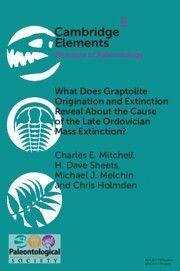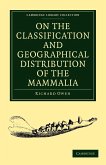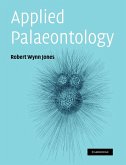Assesses the macroevolutionary turnover of paleotropical planktic graptolites during the Late Ordovician Mass Extinction (LOME) via automated sequencing and capture-mark-recapture modeling. Graptolites exhibited a succession of turnover pulses (sensu Elizabeth Vrba) that were coincident with the main phases of the Hirnantian glaciation and during which the Diplograptina experienced declining metapopulation size, elevated extinction, zero species originations, and ultimately, complete extermination. Concurrently, the Neograptina (latest Katian temperate zone immigrants) exhibit pulses of both extinction and adaptive radiation. Thus, the LOME involved intense species selection and the wholesale alteration of the clade diversity structure of a major element of the zooplankton. The LOME is unlikely to have been a direct effect of ocean anoxia or sampling bias but rather resulted from Hirnantian climate change, which altered nutrient supplies and plankton community compositions along with ecological displacement and loss of habitat that together drove the succession of turnover pulses. This title is also available as open access on Cambridge Core.
Bitte wählen Sie Ihr Anliegen aus.
Rechnungen
Retourenschein anfordern
Bestellstatus
Storno








